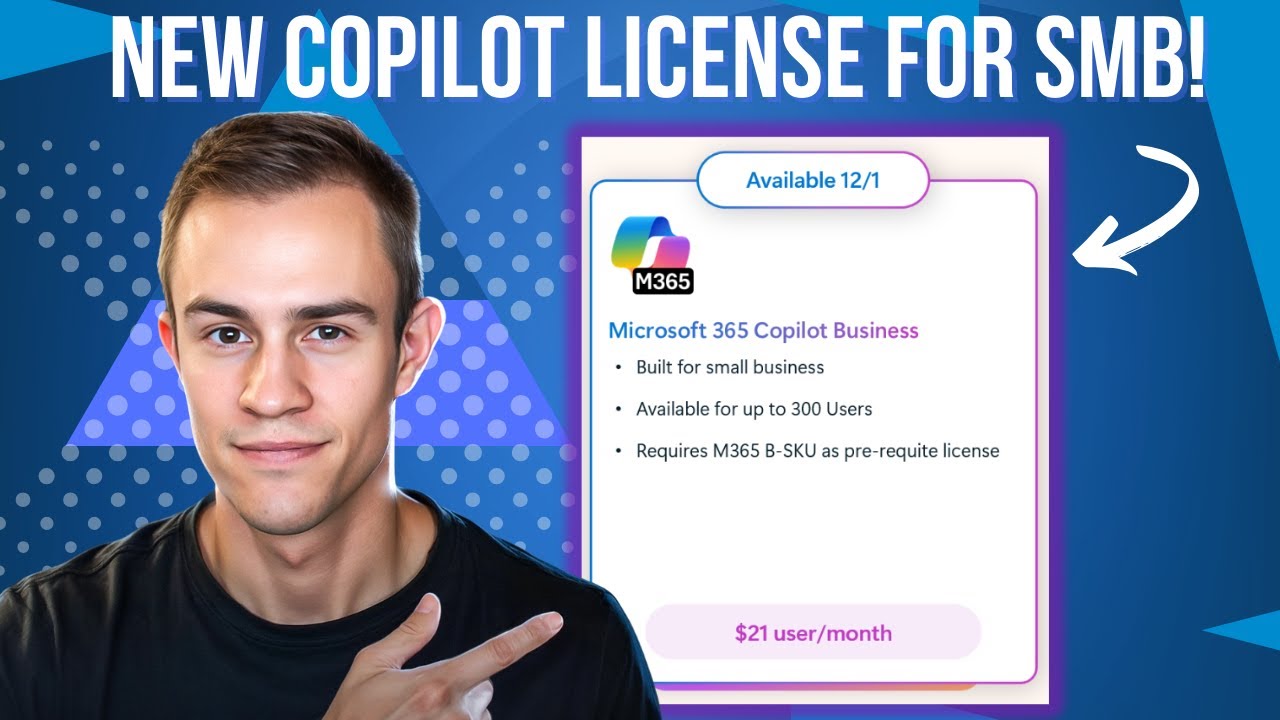18 min read
What’s New in Microsoft 365 | November Updates | Ignite Highlights
Microsoft announced quite a few new features and licenses options during their annual Microsoft Ignite 2025 conference in San Francisco....
2 min read
 Nick Ross
:
Oct 20, 2025 9:04:15 AM
Nick Ross
:
Oct 20, 2025 9:04:15 AM

IT admins still fall into two common traps when managing local administrator accounts across user workstations:
Using the same password across all endpoints.
Allowing end users to be local administrators on their devices.
While this can make things easier operationally it creates a massive attack surface. Those same users can install malware, fall victim to ransomware, or add malicious browser extensions with elevated privileges.
The result? A potential compromise that spreads laterally across every device sharing that password. MSPs often store these passwords in a documentation tool like IT glue to overcome many of these issues but I would argue that letting Microsoft manage these might be a better, and more secure, option.
That’s where Microsoft’s Local Administrator Password Solution (LAPS) comes in.

LAPS (Local Administrator Password Solution) is a built-in capability in Windows and Microsoft Intune that automatically manages local admin passwords across your devices.
In short: it’s like a password manager for endpoints, but managed through Intune or Entra ID (formerly Azure AD).
With LAPS you can:
Securely manage unique local admin passwords for every device.
Automatically rotate passwords on a schedule or immediately after use.
Store passwords securely in Entra ID so only authorized users can retrieve them.
Even better, you can convert existing local administrator accounts into standard user accounts, tightening your security posture without breaking productivity.
You’ll need:
Microsoft Entra ID Free (or higher)
Microsoft Intune license
(Microsoft 365 Business Premium is ideal, it includes both)
Devices must be Entra joined or hybrid joined.
Entra registered devices are not supported.
Additionally, ensure your devices are on a supported Windows version. Many new features, such as automatic account management, require Windows 11 24H2 or later.
Pro Tip: Review the CSP documentation before rollout. It lists each policy and its supported OS version so you don’t waste time troubleshooting. LAPS CSP | Microsoft Learn
Navigate to Entra Admin Center → Devices → Device Settings
Set “Enable Microsoft Entra Local Administrator Password Solution (LAPS)” to Yes
Optionally, set:
“Add Global Admins as local admins” → No
“Add users joining the device as local admins” → None
This ensures users are created as standard users, not local admins, during enrollment, especially useful when using Windows Autopilot.

Go to Intune Admin Center → Endpoint Security → Account Protection
Click + Create Policy
Platform: Windows 10 and later
Profile: Local Administrator Password Solution (LAPS)
Give your policy a name (e.g., “LAPS – Standard Devices”).
Now configure the settings:
| Setting | Recommendation |
|---|---|
| Backup Directory | Entra ID (securely stores the password) |
| Password Age (days) | 30 or less |
| Password Complexity | Uppercase, lowercase, numbers, and special characters |
| Password Length | 21 characters |
| Post Authentication Action | Reset password and log off managed account |
| Delay Before Reset | 1 hour |
| Automatic Account Management | Enable |
| Account Prefix | e.g. “CC-Labs” or your organization name |
💡 This approach automatically creates and manages a unique local admin account on each device, complete with scheduled rotations.

Assign your LAPS policy to a device group—start with a test group (e.g., Windows Autopilot devices). Then click Create to deploy.
After deployment, open Local Users and Groups on a target machine.
You should see a new admin account (e.g., CC-Labs-1234) automatically created and managed by LAPS.
Back in the Intune Admin Center, go to:
Devices → [Device Name] → Local admin password
You’ll see:
Account name
Current password (hidden until revealed)
Last and next password rotation dates
You can also manually rotate the password anytime under the device’s three-dot menu → Rotate local admin password.


LAPS for Intune gives IT administrators a scalable, cloud-native way to secure local admin accounts without relying on manual rotation or shared passwords. Combined with enforcing standard user permissions, it’s a foundational step in modern endpoint security.

18 min read
Microsoft announced quite a few new features and licenses options during their annual Microsoft Ignite 2025 conference in San Francisco....

5 min read
Microsoft just dropped a brand-new Copilot SKU specifically for small and medium businesses. Lower cost, same Copilot capabilities. Let me...

16 min read
Windows Autopilot has been around for years, and many admins have built entire deployment processes around what we now call “Autopilot V1.”...